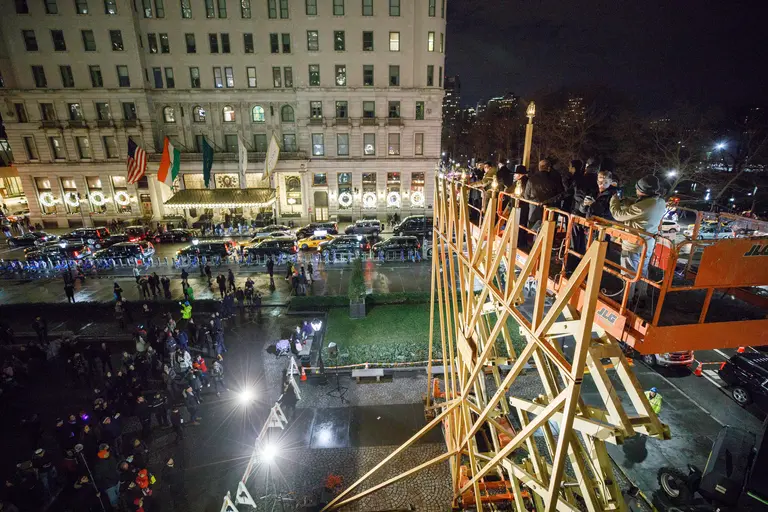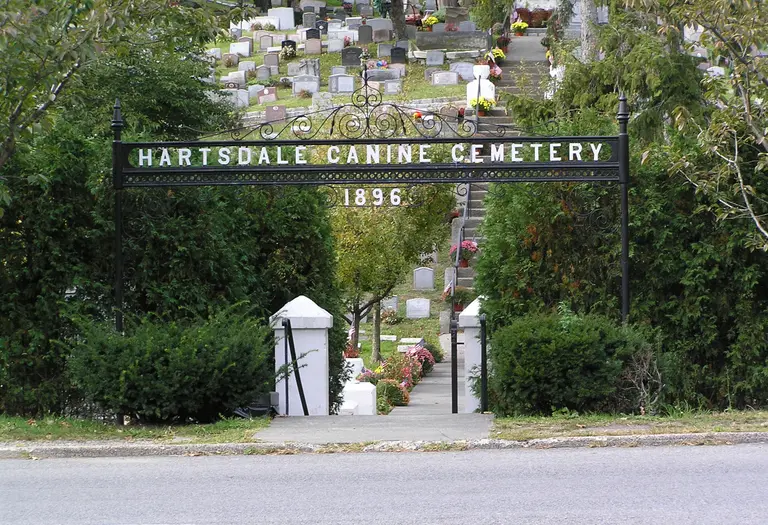Mapping the NYC landmarks and historic districts related to Black history
Find out more

Photo of Patsy’s pizza by Patrick Woodward, via Wikimedia Commons

“A Mondy washing.” Image from the Library of Congress, Detroit Photographic Co., via Wikimedia Commons

Photo by Eden, Janine and Jim via Flickr cc

Pierpont Street from Fulton Street in Brooklyn. Photo via Library of Congress

Photo via Wikimedia Commons

Stanziola, P. (1964) Mayor Wagner greets Dr. & Mrs. Martin Luther King, Jr. at City Hall / World-Telegram & Sun photo by Phil Stanziola. 1964. [Photograph]; Courtesy of the Library of Congress

The Miriam and Ira D. Wallach Division of Art, Prints and Photographs: Picture Collection, The New York Public Library. (1878). New-Year’S-Day In New Amsterdam. Courtesy of NYPL Digital Collections

Manhattan’s Menorah being lit by Danny Danon, Israel’s Ambassador to the UN, in 2016. Credit: Credit: Chaim Perl / Chabad.org/ Chabad Lubavitch/Flickr.

A Christmas tree market in front of the Barclay Street Station circa 1895. Photo via the Library of Congress

New York’s famous 369th (Old 15th) Infantry Regiment arrives home from France. From the National Archives via Wikimedia Commons

Photo by Anthony22 via Wikimedia Commons

Pre-election parade for suffrage in NYC, in which 20,000 women marched. 1915. [Photograph] Retrieved from the Library of Congress

Interior of the money train via Wikipedia

“Bar Scene” Village Preservation (GVSHP) Image Archive

1885 map showing 13th Avenue, via the New York Public Library

Jean Leon Gerome Ferris’s painting “The Fall of New Amsterdam, which shows New Amsterdam residents begging Peter Stuyvesant to surrender to the British. Via The Library of Congress, Prints and Photographs Division.

Photo via Wiki Commons